New York New Haven & Hartford Railroad Lantern A & W Company N. Y. N. H. &h. Rr 1888
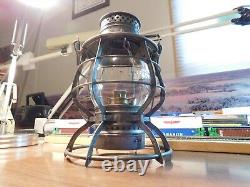




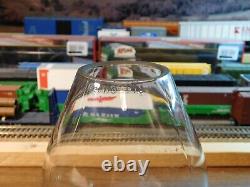

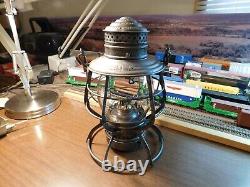
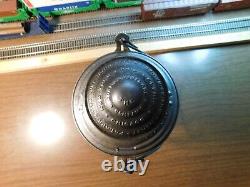
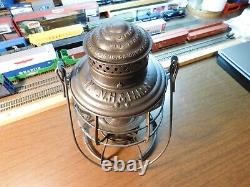
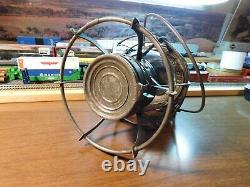
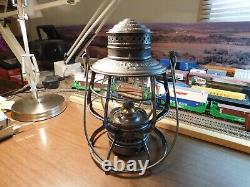
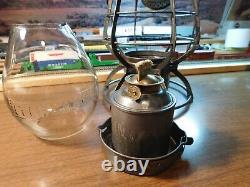
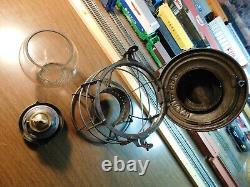
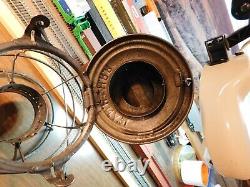


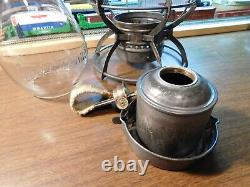


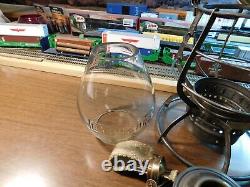


NEW YORK NEW HAVEN & HARTFORD RAILROAD. This RARE Vintage piece of Railroad History, made by THE ADAMS AND WESTLAKE COMPANY for the NEW YORK NEW HAVEN & HARTFORD RAILROAD.
This BEE HIVE style, Ratchet down globe retainer lantern is marked THE ADAMS & WESTLAKE COMPANY CHICAGO NEW YORK PHILADELPHIA N. 24, 1888 last date SEPT.
The brass burner is marked E. And twist-off fount are in good working condition. The Corning clear glass globe is embossed NYNH&HRR, PAT'T DEC 30, 1902 NO 717501, globe has strong marks, No cracks, some small flea chips around rims.
New York, New Haven and Hartford Railroad. From Wikipedia, the free encyclopedia.System map, 1918 not including its temporary acquisition of the NY&OW. A New Haven Railroad train in Bridgeport, Connecticut in 1962.
July 24, 1872-December 31, 1968. 2,133 miles (3,433 kilometers). The New York, New Haven and Hartford Railroad reporting mark. NH , commonly known as The Consolidated, or simply as the New Haven, was a railroad that operated principally in the New England. Region of the United States from 1872 to December 31, 1968.Founded by the merger of the New York and New Haven. And Hartford and New Haven.
Railroads, the company had near-total dominance of railroad traffic in Southern New England for the first half of the 20th century. Beginning in the 1890s and accelerating in 1903, New York banker J. Sought to monopolize New England transportation by arranging the NH's acquisition of 50 companies, including other railroads and steamship lines, and building a network of electrified trolley lines that provided interurban transportation for all of southern New England.
By 1912, the New Haven operated more than 2,000 miles (3,200 km) of track, with 120,000 employees, and practically monopolized traffic in a wide swath from Boston to New York City. This quest for monopoly angered Progressive Era.
Reformers, alienated public opinion, raised the cost of acquiring other companies and increased the railroad's construction costs. Also in 1913, the federal government filed an antitrust lawsuit that forced the NH to divest its trolley systems. The line became bankrupt in 1935. It emerged from bankruptcy, albeit reduced in scope, in 1947, only to go bankrupt again in 1961.
In 1969, its rail assets were merged with the Penn Central. Formed a year earlier by the merger of the New York Central Railroad. Already a poorly-conceived merger, Penn Central proceeded to go bankrupt in 1970, becoming the largest U. Bankruptcy until the Enron Corporation. The remnants of the system now comprise Metro-North Railroad.Much of the northern leg of Amtrak. And the Providence and Worcester Railroad.
The majority of the surviving system is now owned publicly by the states of Connecticut.

